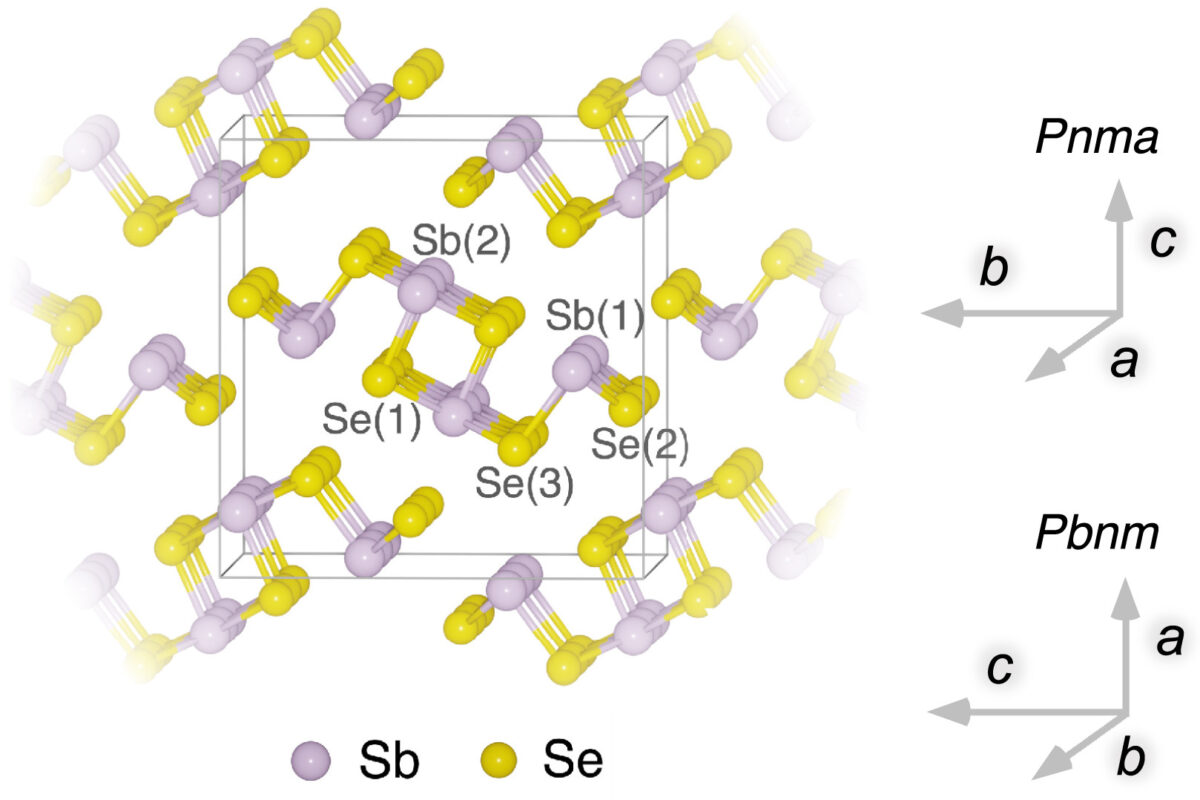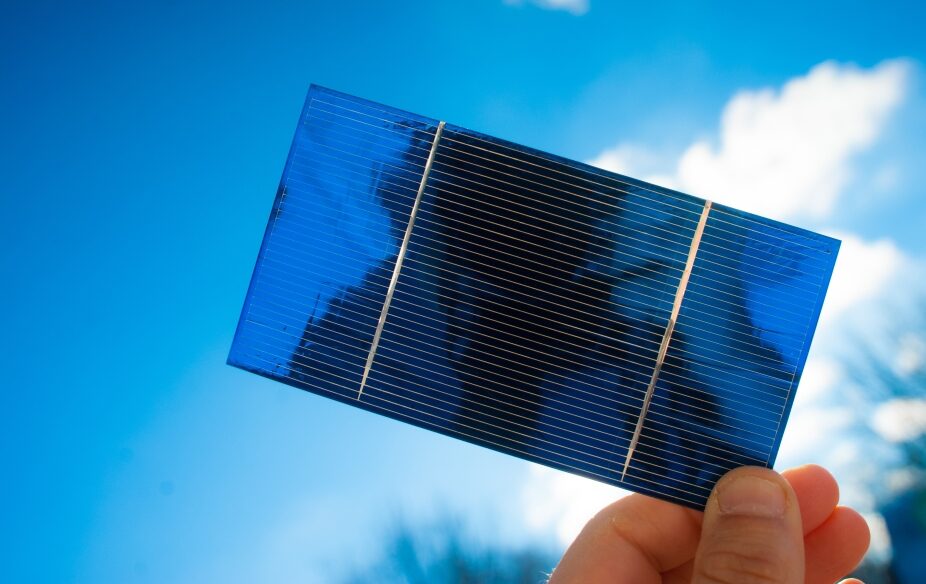A group of researchers led by the Imperial College London has conducted a study to assess the upper limit to the conversion efficiency in solar cells based on antimony selenide (Sb2Se3) absorbers and has found these PV devices have the potential to achieve efficiencies close to 26%.
Sb2Se3 is a p-type inorganic semiconductor with a one-dimensional crystal structure and a direct bandgap in the range of 1.2 eV to 1.9 eV. It has excellent optoelectronic properties. In recent years, it has also been used as an absorber material to build solar cells. The efficiencies achieved by such devices have reached between 5% and 9.2%.
These efficiency levels are still far behind those of other thin-film technologies, such as cells based on copper, indium, gallium and selenide (CISG), cadmium telluride (CdTe), kesterite (CZTSSe), and amorphous silicon (a-Si). This technological gap might depend on the fact that features such as mobility, carrier lifetime, diffusion length, defect depth, defect density and band tail remain largely unknown to the scientific community for the Sb2Se3 cell technology, as not too many devices of this kind have been fabricated to date.
“Our goal is to use quantum mechanical simulations to predict if a material is worth pursuing and a technology worth optimizing,” the research's lead author, Aron Walsh, told pv magazine. “Sb2Se3 solar cells have reached power conversion efficiencies of approximately 10%. We show that while intrinsic defects can mediate non-radiative electron-hole recombination, the voltage losses can be minimized using selective growth conditions. This selenide is predicted to support efficiencies of up to 26%.”
Walsh is optimistic about the use of this material in single-junction solar cells and the incorporation of sulfur to produce wider band gap materials suitable for tandem solar cells. “With ongoing research and optimization, we are hopeful that significant advancements could be made within the next decade,” he added.
In the study “Upper efficiency limit of Sb2Se3 solar cells,” published in Joule, the UK research group initially investigated the intrinsic point defects in Sb2Se3 solar cells and then used systematic first-principles calculations to assess their non-radiative carrier capture processes.
It specified that the upper limit to the conversion efficiency in Sb2Se3 can be predicted by considering both radiative and non-radiative processes in the bulk material, acting as a quantitative measure of defect tolerance. It also noted that high efficiencies could be achieved under intermediate growth conditions that minimize vacancy concentrations in the devices.
Popular content
“Our focus is on the underpinning chemistry and physics, and I will leave the techno-economic analysis and life-cycle assessment to the experts,” Walsh said, when asked about the production costs of Sb2Se3-based devices.
“However, there is a clear potential advantage compared to systems such as CdTe which contain less sustainable elements. Sb2Se3 has the potential to compete with both other thin-film technologies and crystalline silicon, particularly due to its growing efficiency and the use of ultra-thin absorber layers that provide new opportunities for building integrated and flexible photovoltaics,” he concluded.
This content is protected by copyright and may not be reused. If you want to cooperate with us and would like to reuse some of our content, please contact: editors@pv-magazine.com.




1 comment
By submitting this form you agree to pv magazine using your data for the purposes of publishing your comment.
Your personal data will only be disclosed or otherwise transmitted to third parties for the purposes of spam filtering or if this is necessary for technical maintenance of the website. Any other transfer to third parties will not take place unless this is justified on the basis of applicable data protection regulations or if pv magazine is legally obliged to do so.
You may revoke this consent at any time with effect for the future, in which case your personal data will be deleted immediately. Otherwise, your data will be deleted if pv magazine has processed your request or the purpose of data storage is fulfilled.
Further information on data privacy can be found in our Data Protection Policy.